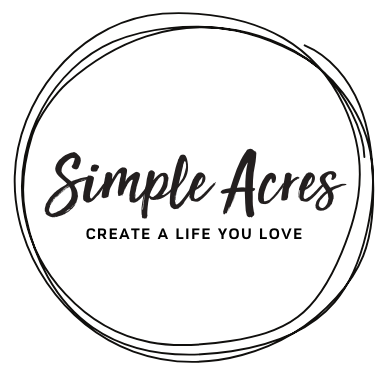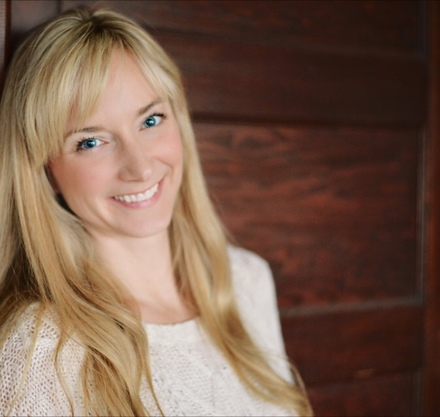Hi, I’m Julianna a new guest contributor for Simple Acres. I am passionate about living a life full of purpose and intention while sharing ways to SIMPLIFY life! Today I hope to help you in how to model simplicity for our kids.
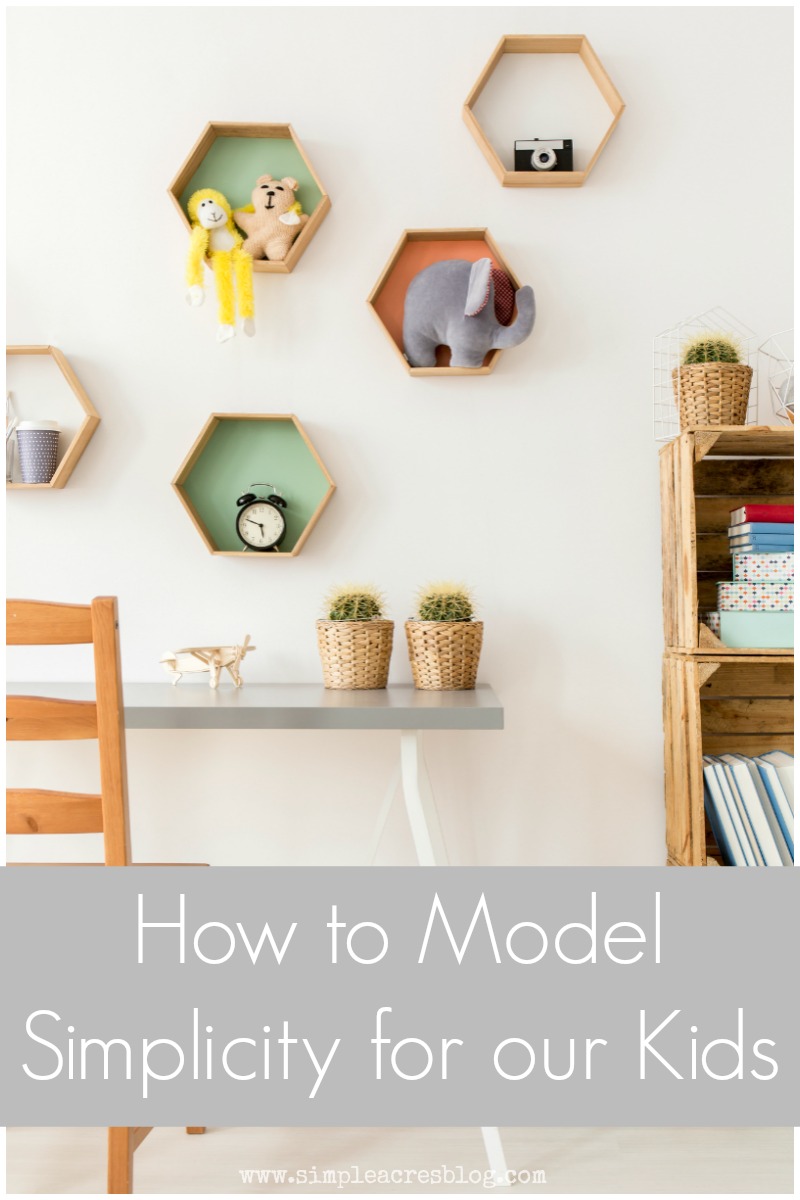
Our lives have become so cluttered. If we want to model simplicity for our children, we have to first know what simplicity is and what it looks like in our lives.
What is simplicity?
Simplicity is what is left after all of the clutter has been cleared away. Simplicity is by definition plain, natural, and easy to understand. To fully understand what simplicity is, it can help to look at the various types of clutter that need to be cleared out of the way to make room for simple. You can read more about that in my post here.
As we live out simplicity, we are modeling it for our kids. For good or ill, children look up to their parents and often take on the behaviors they have seen modeled as they grow up. This is why it is so important for us as parents to be intentional about how we are living.
Modeling simplicity for our kids by:
- demonstrating healthy choices & boundaries
- teaching about consumerism & responsibility
- showing what we value & our priorities
Demonstrating healthy choices & boundaries
Living a simpler life is healthier. Less stress and overwhelm means you’re physically, mentally, emotionally, and spiritually healthier. Planning for more rest in your life impacts all those areas positively as well. Are we modeling being overscheduled or having margin and balance?
Kids live in a digital age. More so all the time. Are they experiencing outdoor and creative play? Are we modeling healthy choices in how we spend our time?
What about boundaries with technology? Are we showing them that the people in front of them are the priority or the buzz and beeps of the phone?
Teaching them about consumerism & responsibility
Our kids are paying attention to what we purchase and how we are managing our own belongings. They tend to know what we value. We model for them how we use our finances. They know what we are chasing after. Are we teaching consumerism or gratitude for what we already have?
Managing our own stuff
They observe how we run our homes. Do we have so much stuff that we are constantly having to pick up, re-arrange, re-organize our things? Are we often frantically searching for misplaced items because it is lost among the piles of stuff?
Do we actually value our belongings or is each new thing just another thing that wasn’t carefully thought through before purchasing? And what about what we are buying for our kids? What if the things we think are gifts to them are actually weighing them down and causing them stress?
Living simply allows your kids to have parents who are less stressed and overwhelmed and it creates less stress on them too. When children have too many toys and thereby too many options, they become overwhelmed too. If we give them a lot of things and then expect them to put everything away and maintain their things, that could be an overwhelming ask for a child.
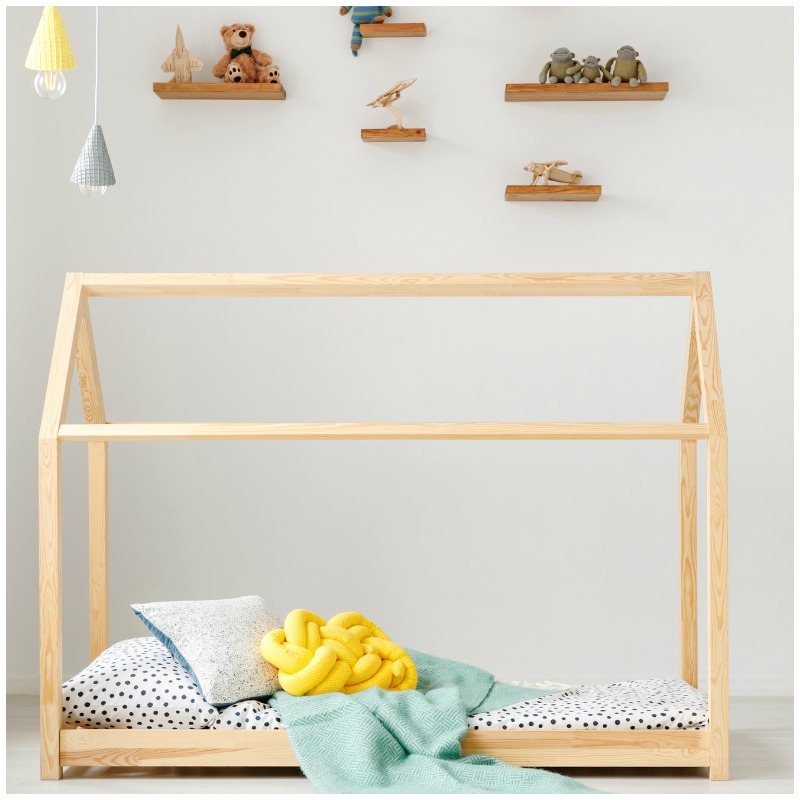
Showing our values & priorities
Living simply not only allows us to focus on our why more but frees us up for the things that bring us joy. It helps us take our eyes off of ourselves and lets us look for ways to bless others.
Too much stuff also tends to lead to entitlement. We have experienced Christmases where our kids received far too many gifts and seemed overwhelmed, dazed, and frankly ungrateful. It was all too much for them to take in. They barely noticed what the gifts were, but asked if there were more and seemed to tire of them quickly.
The following year, we made sure to give them less. They each received 5 gifts total. They were thankful and cherished those items. We value gratitude and generosity and had to think through how we communicated and encouraged those values in them as well.
3 practical ways to model simplicity
- Thoughtful scheduling
- Technology timeouts
- Limit gifts
Scheduling
As we model simplicity for our kids, we should seriously consider how we schedule our time. So many families are running from one lesson, sports practice, or extracurricular activity to the next. Parents are tired and kids are exhausted. Carefully evaluate anything you choose to add to your family’s schedule and make sure it is the best choice for everyone involved.
Modeling a healthy schedule for yourself is wise too. Your kids know when you are tired. They see what we say yes and no to. They sense what the tone of the home is. Whether that be all abuzz all the time to totally tame or somewhere in between.

Boundaries with technology
This is admittedly a tough one. It is hard for me to put my phone down sometimes. And frankly I get selfish and think no this is my time and I can be on my phone if I want. Yep, I realize I sound like I am three. Great example, huh? :/
It is so important to model being present and relating with people face to face. As we move into a continually more technological culture, kids (and adults) are losing the ability to know how to relate to people in real life. Nothing takes the place of real-life human interaction. These are important life skills to learn for future relationships.
Make dinner a technology-free time for the family. Try limiting your apps or taking some designated time off to get a break from all the noise. Turn off notifications. Make people your priority over phone distractions.
Gift giving
For most of us, simplicity means not having an overabundance of stuff. In order for our kids to not end up with lots of clutter, we need to stop the cycle of clutter that enters their lives via gifts.
Experiences make great presents and won’t add to your clutter problem. There are lots of creative ideas for experience gifts, some of which I mention in this post. There are also ideas I share on how you can get your kids to pass along items they no longer want or need by letting them pick a relative, neighbor, or organization to donate them to.
Modeling simplicity gets more and more challenging as our culture continues to change and provide countless types of distractions. Being present isn’t easy, but it is worth it. We lead by example in showing what it looks like to have healthy boundaries with money, things, technology, and people. Let’s experience what it means to live a life of intention and purpose with fewer distractions for ourselves and our children as we take on simplicity habits.
____
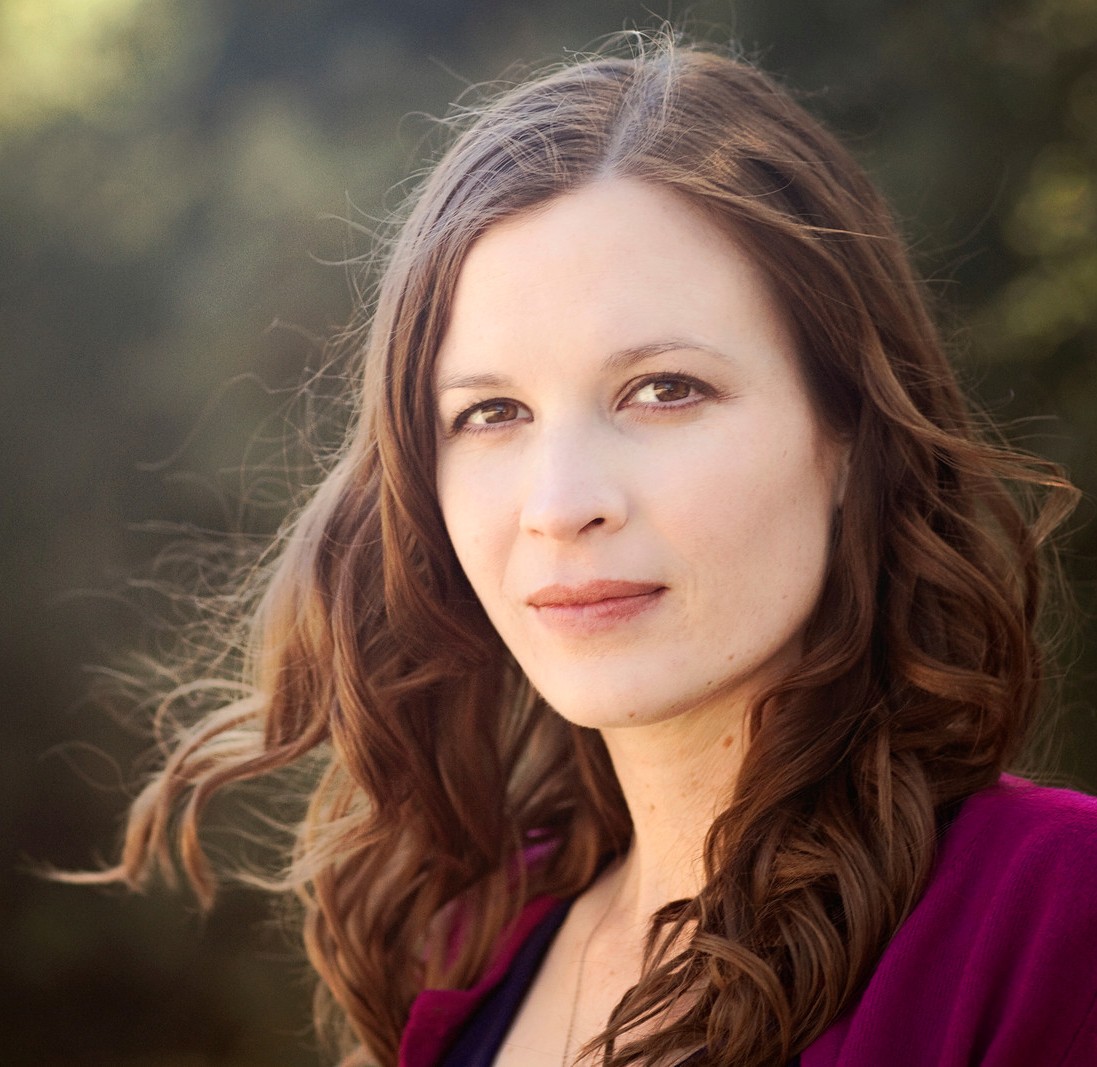
We are so excited to have Julianna here at Simple Acres to share with you all the joy of simplicity as you strive towards it more in your own life. She is a wife, mama, and professional declutterer. We encourage you to join her on the journey of simplifying & creating margin so you can say yes to the great things in life more!
Find more amazing articles on her blog The Simplicity Habit such as this one:
